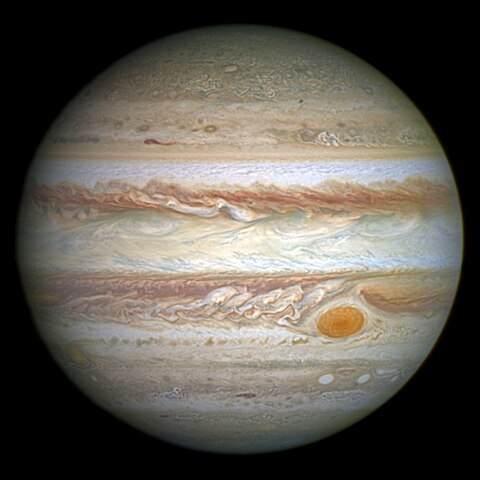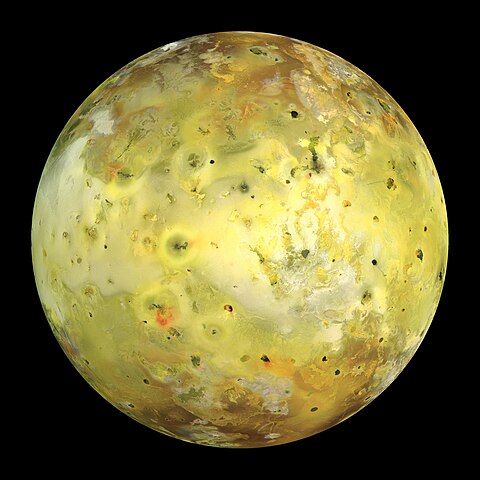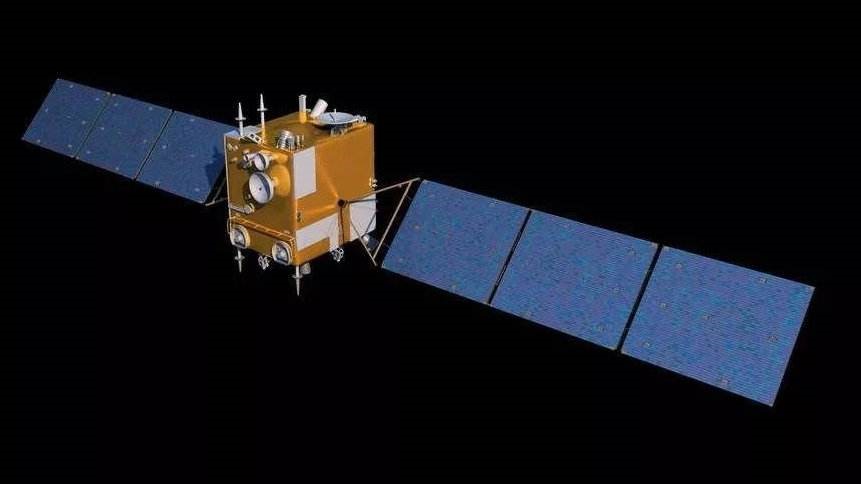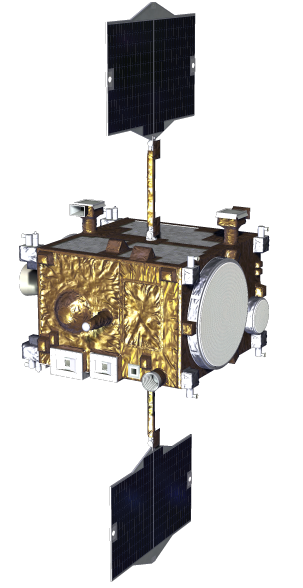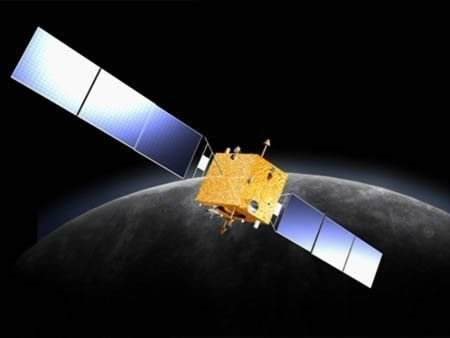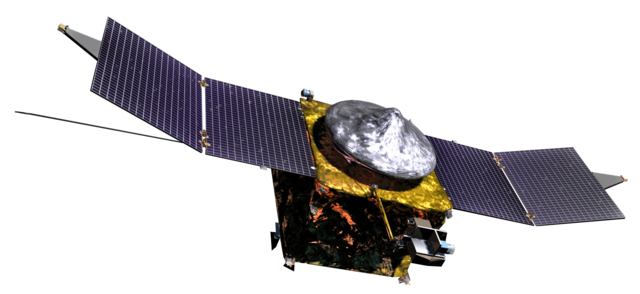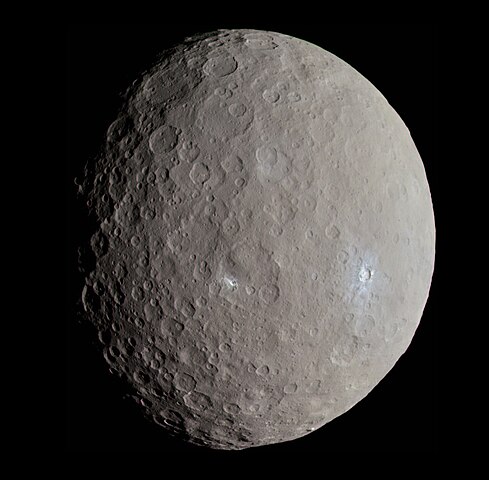1 day / second
0.5 AU
Juno
Spacecraft
A NASA spacecraft launched in 2011 that orbits Jupiter on highly elongated 53-day orbits, studying the gas giant's powerful magnetic field, atmospheric composition, and interior structure through its array of scientific instruments.
Key Facts
organization | NASA |
orbital regime | Outer System |
learn more | Wikipedia |
launched | 2011-08-05 |
launch mass | 3,625 kg |
power | 14,000 watts |
Mission Timeline
Launched
August 5, 2011 at 16:25 UTC
Jupiter
Orbiter
After a five-year journey through space, Juno entered Jupiter's orbit on July 4, 2016, beginning its mission to study the gas giant's composition, gravity field, magnetic field, and polar magnetosphere.
Ganymede
Flyby
Juno flew within 645 miles of Ganymede on June 7, 2021, capturing detailed images and data of Jupiter's largest moon during the first close encounter with the icy world in over 20 years.
Europa
Flyby
Juno conducted a close flyby of Europa on September 29, 2022, passing within 352 kilometers of the moon's surface and capturing the highest-resolution images ever taken of the icy world.
Io
Flyby
Juno captured the closest images of Io in over two decades during its December 2022 flyby, passing within 40,000 miles of the volcanic moon while measuring its temperature and studying its intense volcanic activity.

